As a teenager, I wasn’t often permitted to go over to friends’ houses after school–but my parents did give me unlimited rides to the library, which was located just down the street from my high school. This made me perfectly happy because I am an introvert, and a pile of cookbooks can fill me with giddy delight. My local library had a sizable and well-curated cookbook selection, and Maida Heatter’s books were some of my constant companions. The recipe that follows, Maida Heatter’s recipe for a sugary orange-glazed cranberry quick bread, is one of my favorites for the current too-short cranberry season.
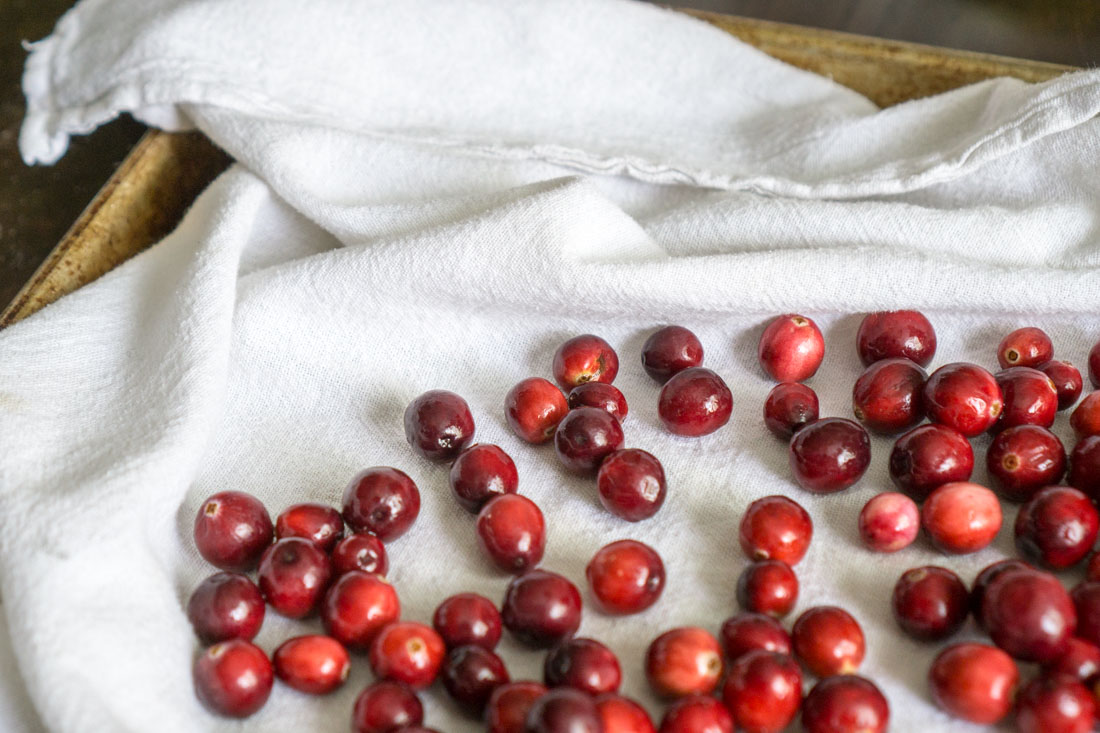
Cranberries, drying on a towel and getting ready for their star turn in an orange-glazed quick bread
With each approximately the size of a hardback novel, Maida Heatter’s dessert cookbooks are filled with entertaining anecdotes interspersed with mouthwatering descriptions. The only photos are located on the dust jacket, so it was up to the books’ illustrator to accurately depict how a dish should look through the black-and-white drawings. Think about it: a photo-less cookbook would be unheard of today, with the publishing industry’s focus on lush, colorful cookbooks, some more like superficial coffee-table books than instructional guides to be used in the kitchen. Reading Maida Heatter’s books transport you back to a time where the writer’s stories and descriptions would determine whether a reader would feel inspired to pick up a whisk.
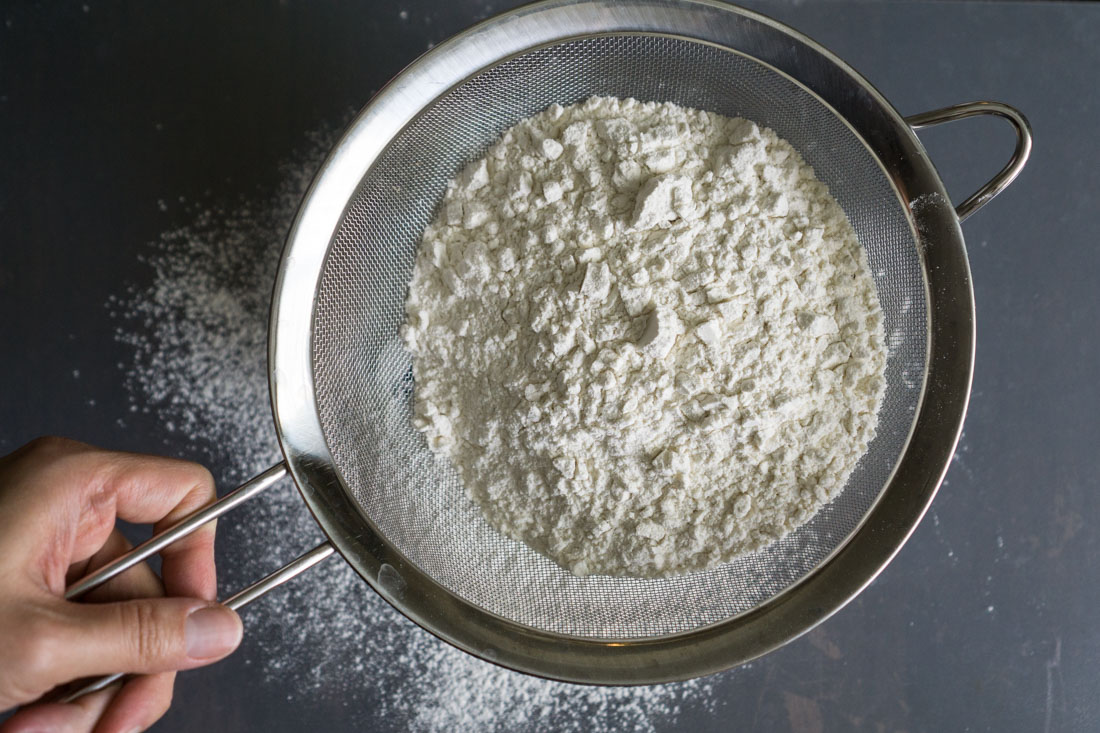
One of Maida Heatter’s mantras: sift, sift, and sift again
Like all talented cooks, Maida Heatter knows that balance is important. This is a particularly important quality in sweets, where it’s easy, and boring, to simply dump sugar in a dish. Maida Heatter teaches us that a spoonful of white pepper in honey biscotti can transform the cookies from ordinary to sublime, a trick that still tastes fresh and interesting decades after she published the recipe. She understands that we readers crave a mix of the highbrow (Sachertorte), the everyday (county fair recipes), and the fun (FBI Chocolate Layer Cake, anyone?). In an era where home cooks had less access to pro-level tools than we do today, such as kitchen scales to allow precise measuring of ingredients, her recipes feature fussy precision beloved by pastry chefs (Nancy Silverton, founder of La Brea Bakery and notoriously fussy chef and cookbook author, wrote the forward to Maida Heatter’s Cakes). It’s because of this precision that her recipes work, and work well, unlike the recipes in many of the cookbooks rushed to press today.
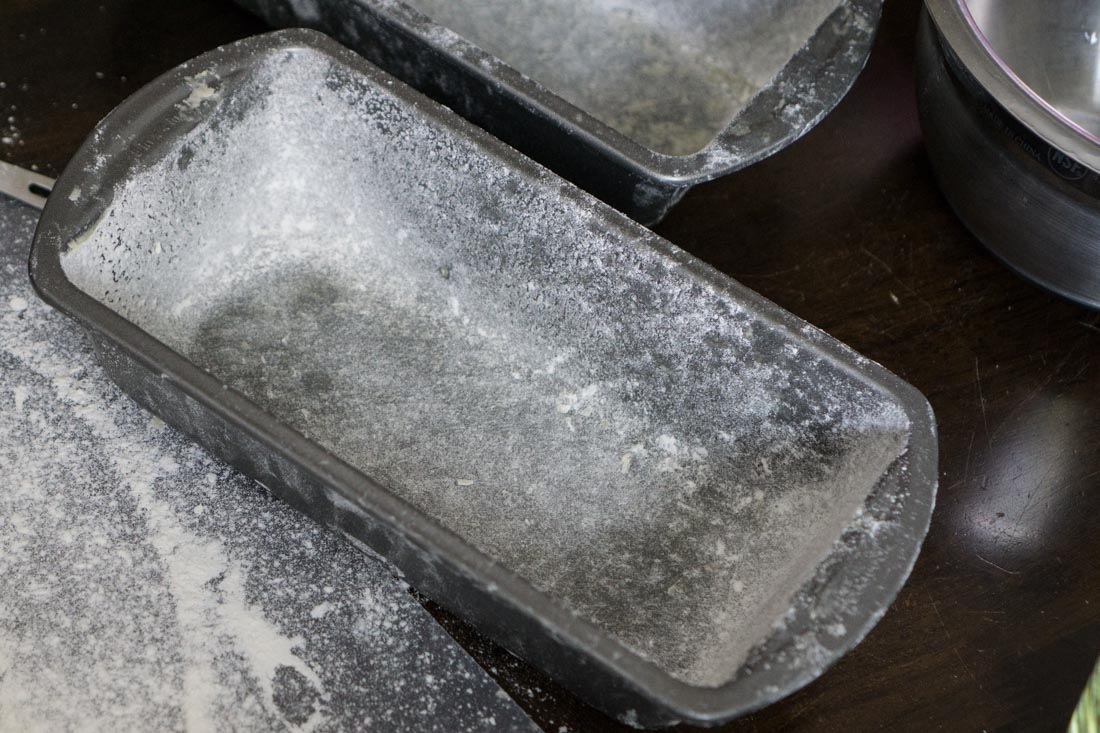
Dusting a greased loaf pan with flour
One of my favorite recipes by Maida Heatter, aside from the aforementioned honey biscotti, is her recipe for orange-glazed cranberry quick bread. Tangy from the cranberries, bursting with buttery-sweet walnuts, and soaked in a sugary glaze made of fresh orange juice, it’s a perfect alternative to leaden fruitcakes.
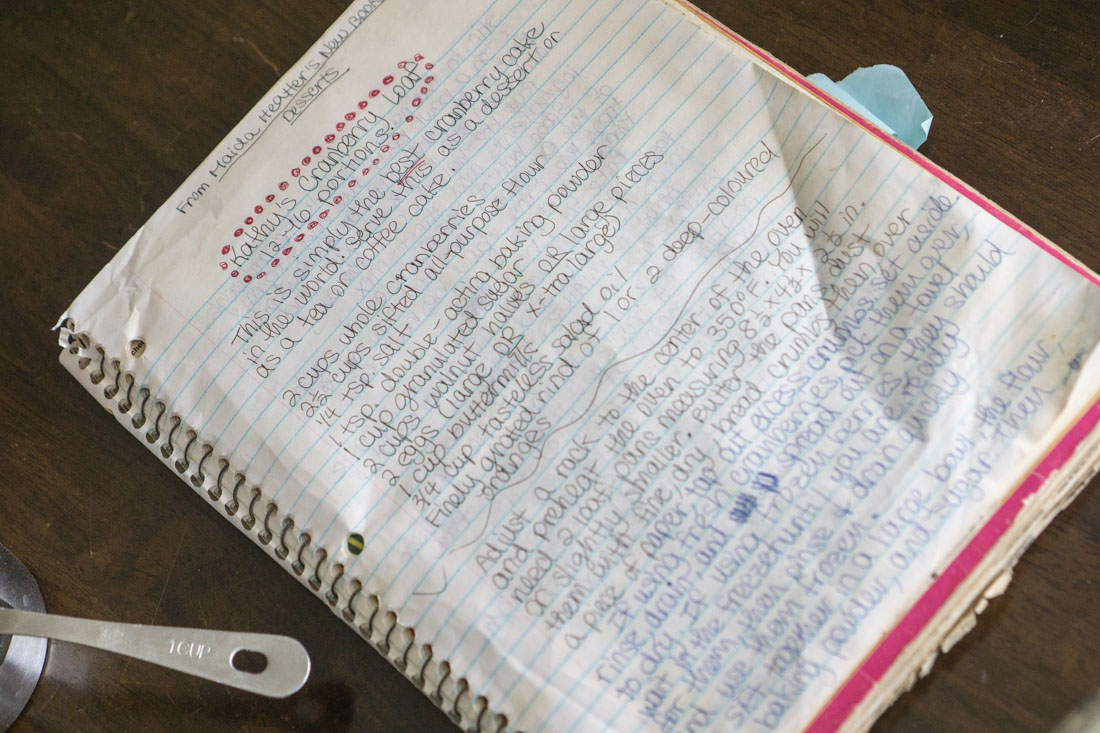
Maida Heatter’s recipe for cranberry quick bread, lovingly copied in my teenage hand, complete with little cranberry drawings
While rummaging through my files, I recently found the recipe in one of my old recipe notebooks from high school. I had lovingly copied each detail of the recipe by hand in bubbly, left-slanting script. I had also taken the liberty of adding a short review of the recipe at the beginning: “This is simply the best cranberry cake in the world.” Twenty years later, it tastes just as good.
When I made the quick bread recently, I realized that perhaps my adult palate has changed, or maybe I never wrote down my preferred instructions. I like the quick bread a little tangier and less sweet than Maida designed it, so I slightly reduced the sugar and bumped up the cranberry content. Because I’m obsessed with the glaze, I made extra just so you can have it around. Say you want extra glaze to drizzle atop individual slices of the quick bread…you can do that.
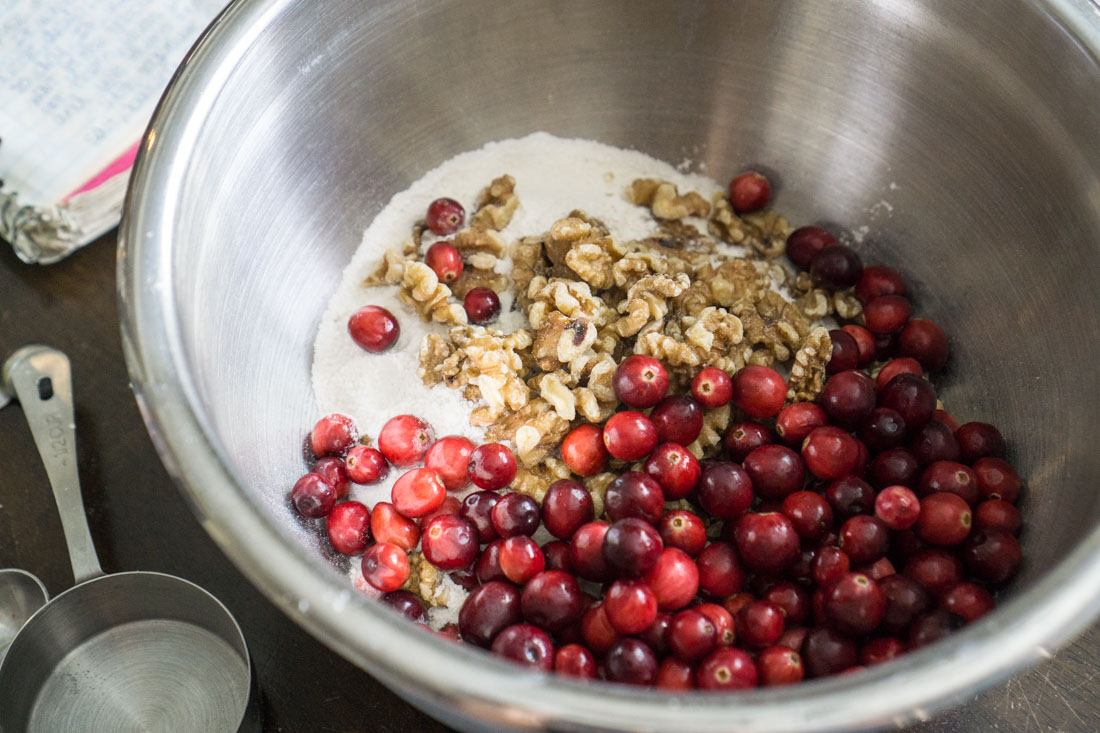
Cranberries and walnuts with flour mixture
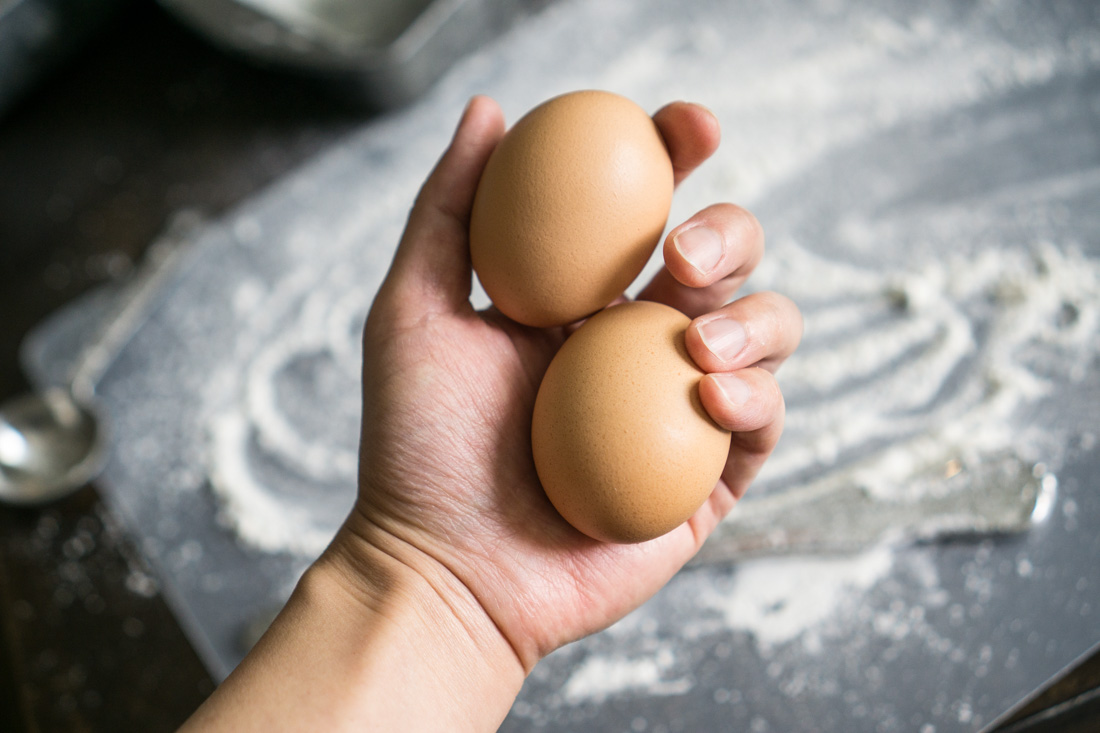
Eggs over a floury mess
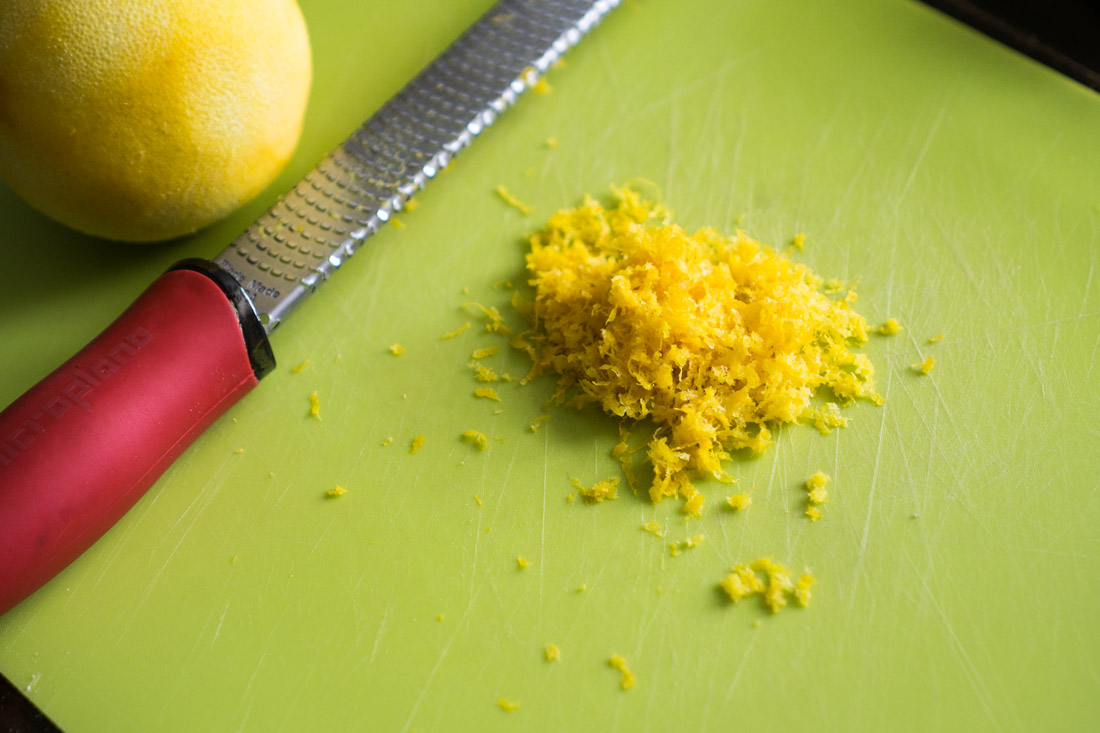
Microplaning the orange zest
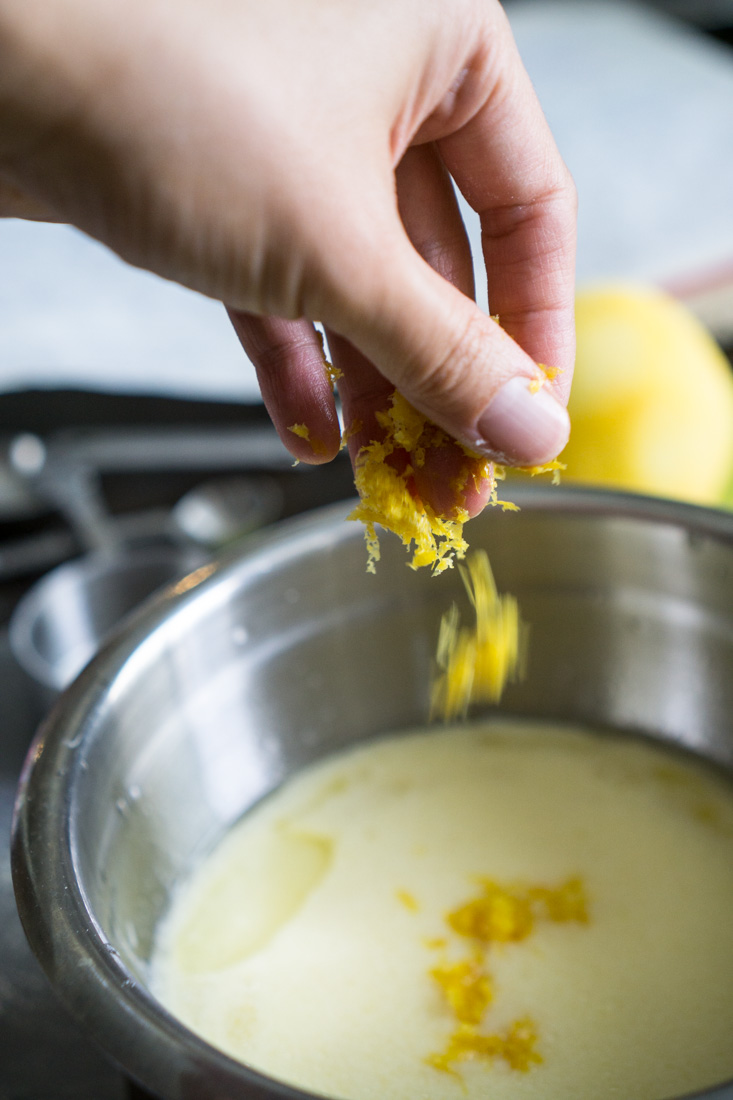
Adding the orange zest to the batter
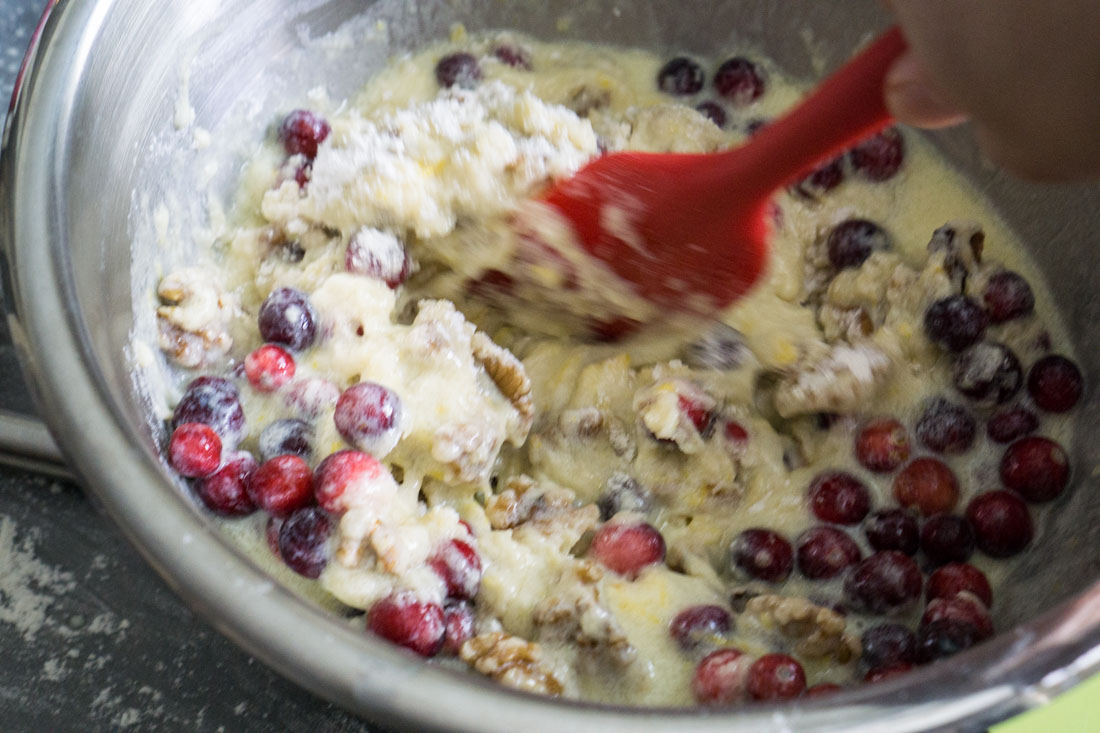
Gently stirring the batter together with the fruit and nuts
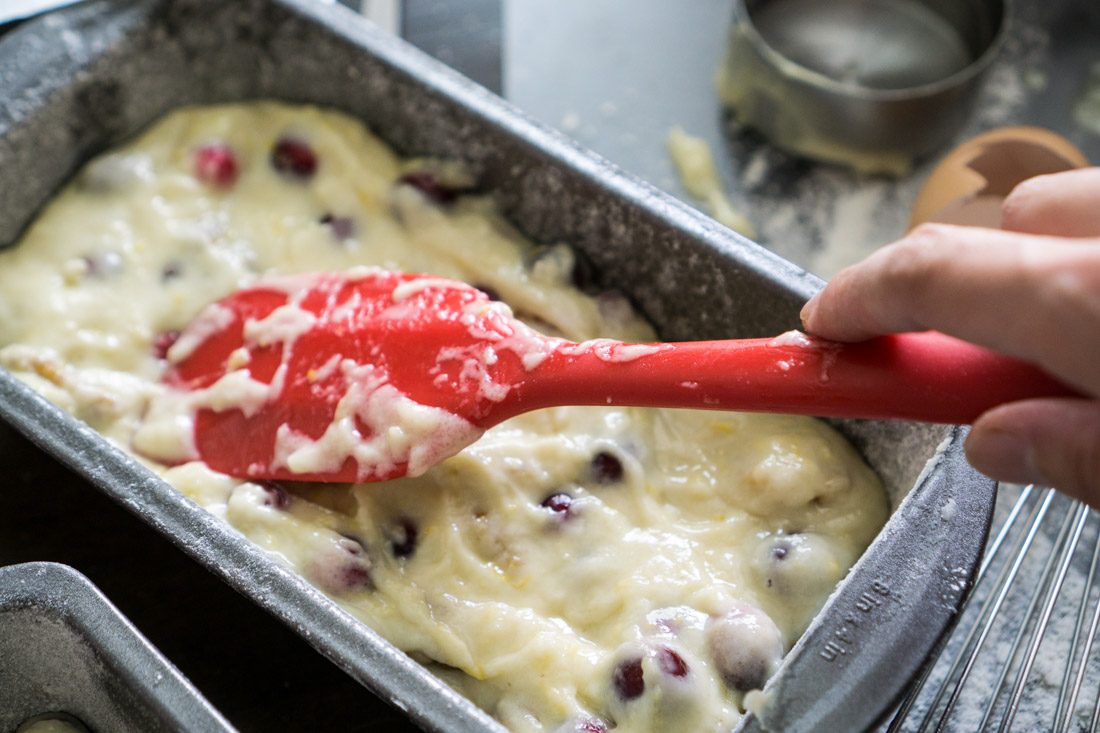
Smoothing the tops of the loaves
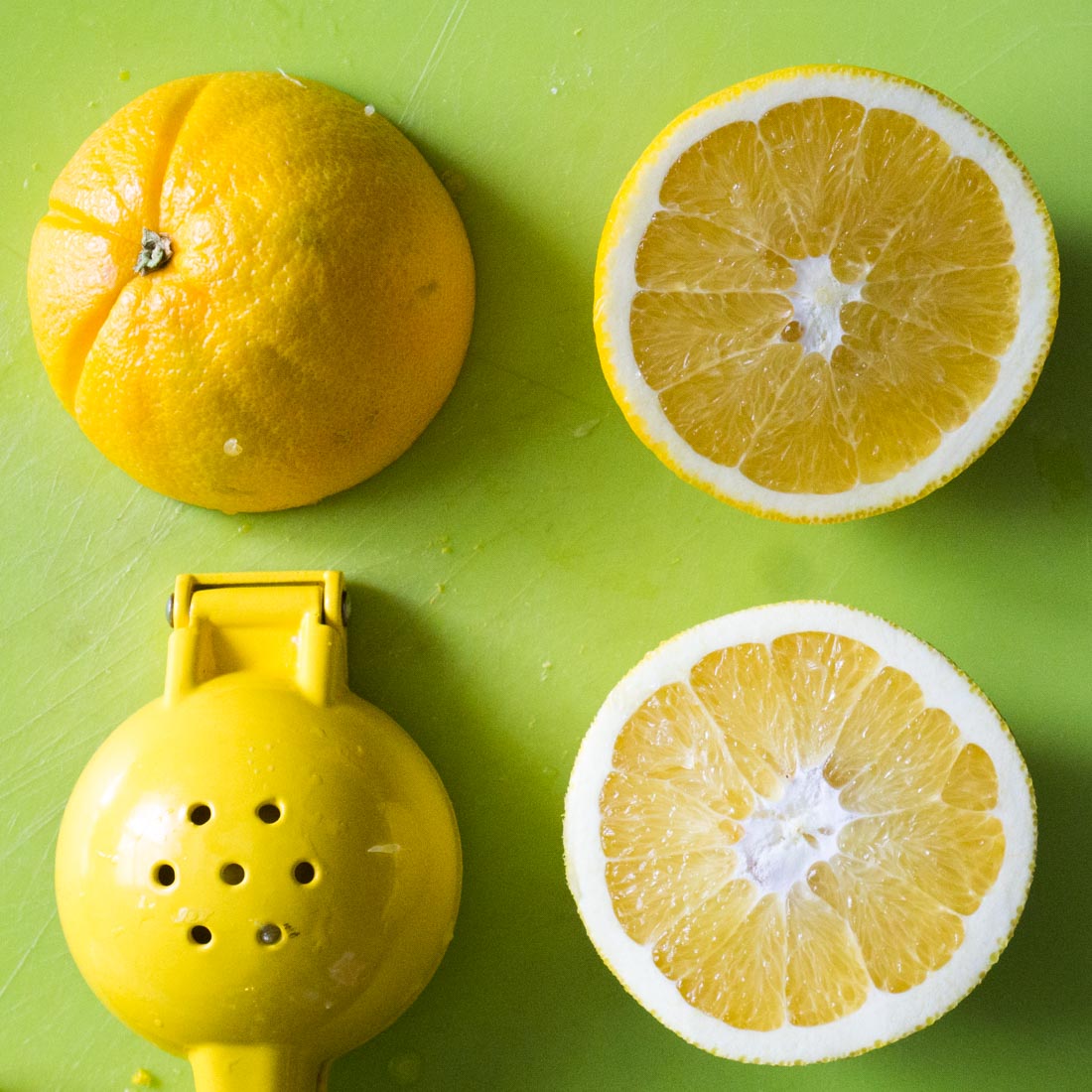
Preparing the orange glaze
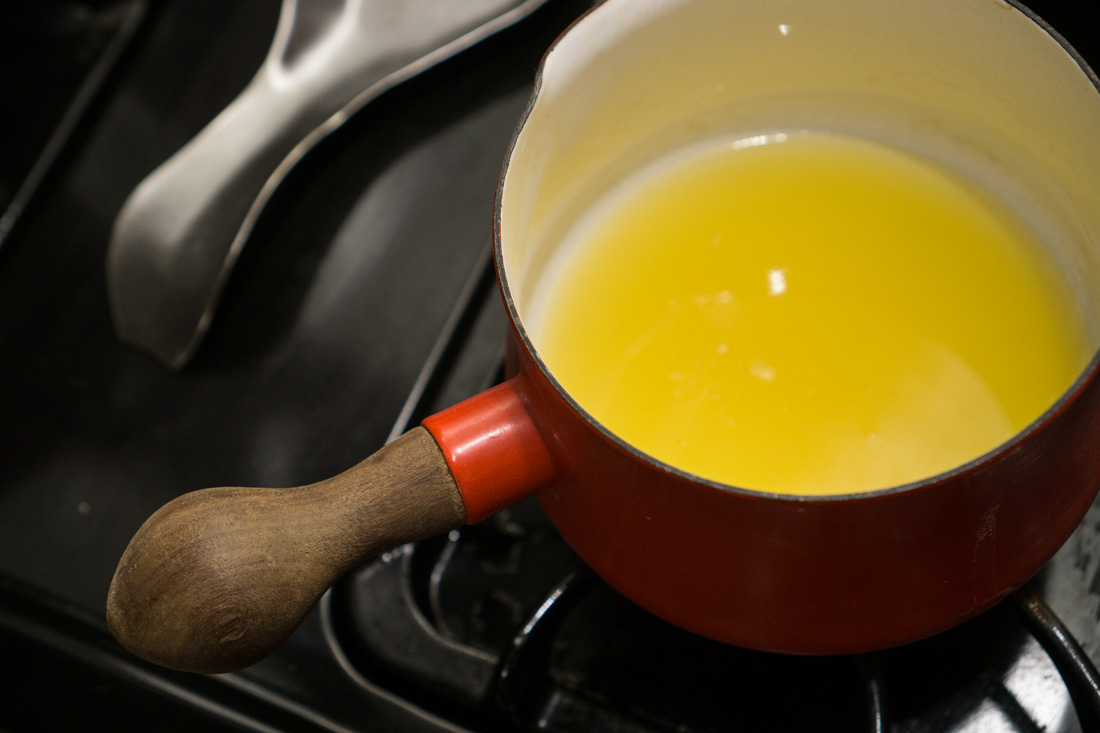
Heating the orange glaze
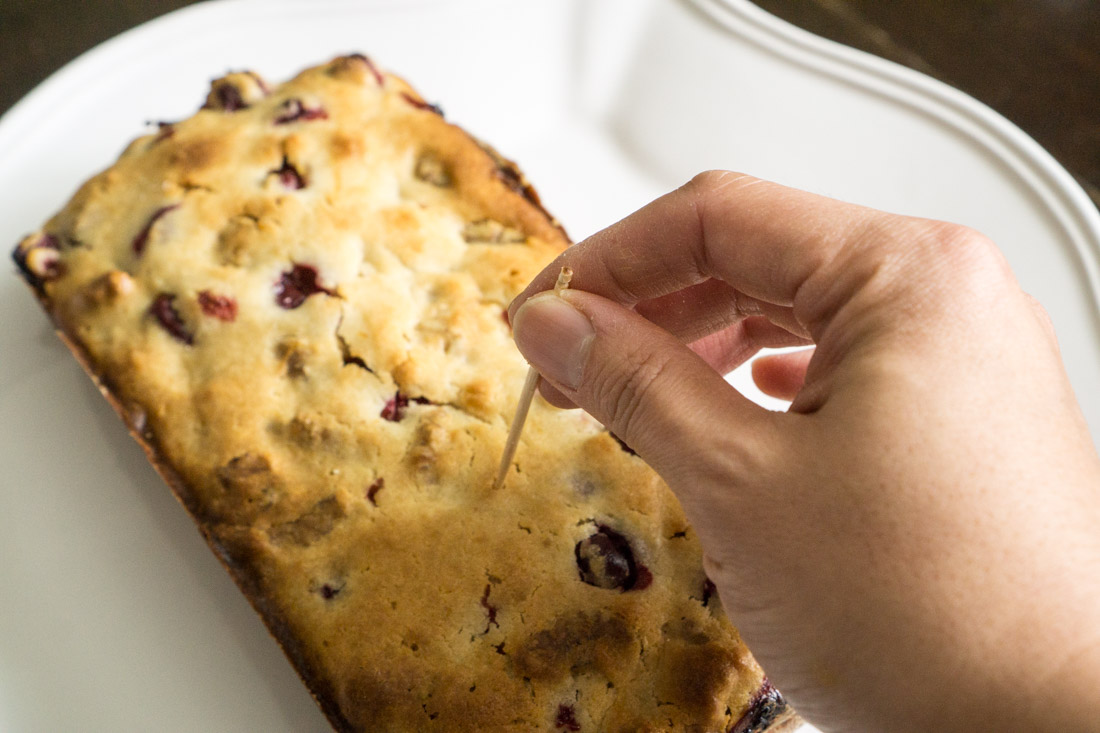
Poking holes in the baked loaves
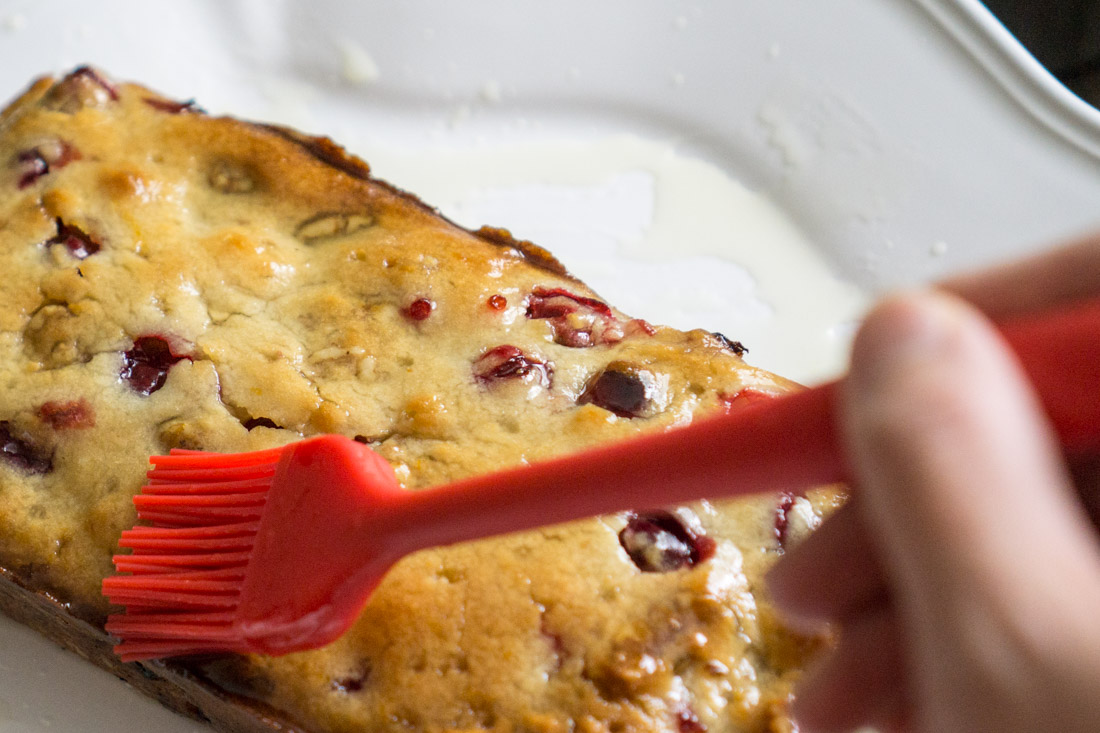
Brushing orange glaze over the loaves
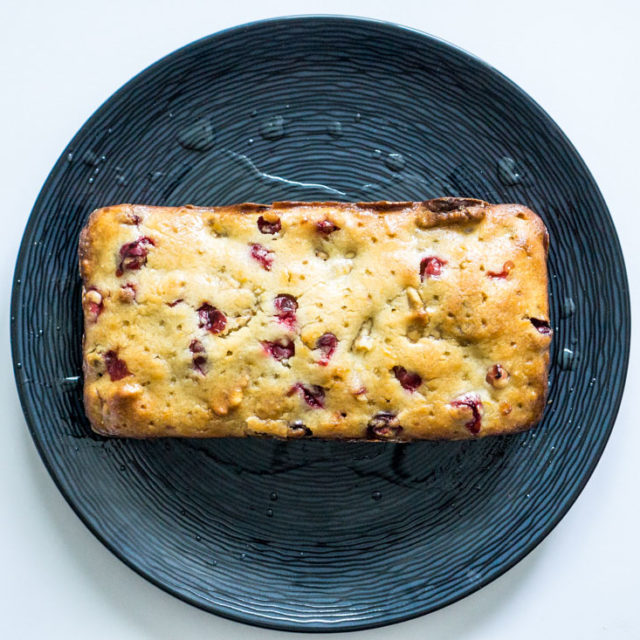
Orange-Glazed Cranberry Cake
Ingredients
For the cake:
- 2.25 cups whole cranberries
- 2.5 cups sifted all-purpose flour sift before measuring
- 1/4 tsp. salt
- 1 tsp. double-acting baking powder Argo is the best, if you can locate it
- 3/4 cup plus 2 Tbsp. granulated sugar
- 2 cups walnut halves or large pieces
- 2 large eggs
- 1 cup buttermilk
- 3/4 cup vegetable oil
- Finely grated rind of 1or 2 deep-colored oranges
For the orange glaze:
- 1.5 cups orange juice from about 6-8 large oranges
- 1.5 cups granulated sugar
Instructions
For the cakes:
- Adjust a rack to the center of the oven and preheat the oven to 350°F. You will need two loaf pans measuring 8.5" x 4.5" x 2.5" or smaller. Grease the pans, dust them with flour, then tap out the excess flour. Set aside.
- If using fresh cranberries, pick them over, rinse, drain, and spread them on a towel to dry. If using frozen berries, they should wait in the freezer until you are ready for them, then rinse and drain quickly and use them frozen.
- In a large bowl, sift together the flour, salt, baking powder, and sugar. Then stir in the nuts and cranberries.
- In a bowl beat the eggs to mix; beat in the buttermilk and salad oil, and then stir in the orange rind.
- Pour the liquids over the dry ingredients and stir to mix.
- Spoon half of the mixture into each of the prepared pans and smooth the tops; the pans should be half or three-quarters filled.
- Bake for 1 hour or until a cake tester or toothpick gently inserted into the middle comes out clean and dry.
- About 15 minutes before the baking time is finished, if the tops look too pale, raise the racks to a higher position. (A crack will form down the length of each loaf while it is baking--it is ok.) The loaves will not reach the tops of the pans and will only be about 2 inches high. Remove from the oven and let stand for 10 minutes. Meanwhile, prepare the glaze.
For the glaze:
- Stir the orange juice and sugar together in a small saucepan over medium heat until the sugar is dissolved.
To glaze the cakes:
- Cover each loaf with a rack, turn over the pan and the rack, remove the pan, cover with another rack and turn over again, leaving the loaf right-side up. Now, with your hands, gently transfer each loaf to the rimmed plate or large lidded plastic food storage container. Pierce the tops gently in many places with a cake tester or toothpick. (You can also try piercing the sides and bottoms.)
- With a pastry brush, brush the hot glaze generously over the tops and sides of the loaves. When much of the glaze has run down off the loaves, use a wide metal spatula and gently raise one end of the loaf, at the same time tilting the plate, to let the glaze run under the bottom of the loaf. Continue to brush on the glaze from the plate. After a while you will think that the cakes have absorbed as much glaze as they can hold. At this point, pour extra glaze over the cakes so a little pools at the bottom around the cakes. Reserve any remaining glaze and refrigerate to serve alongside the cakes.
- Refrigerate the loaves uncovered; the remaining syrup will become thicker and syrupy as it chills; simply spread on the loaves with a spoon or spatula.

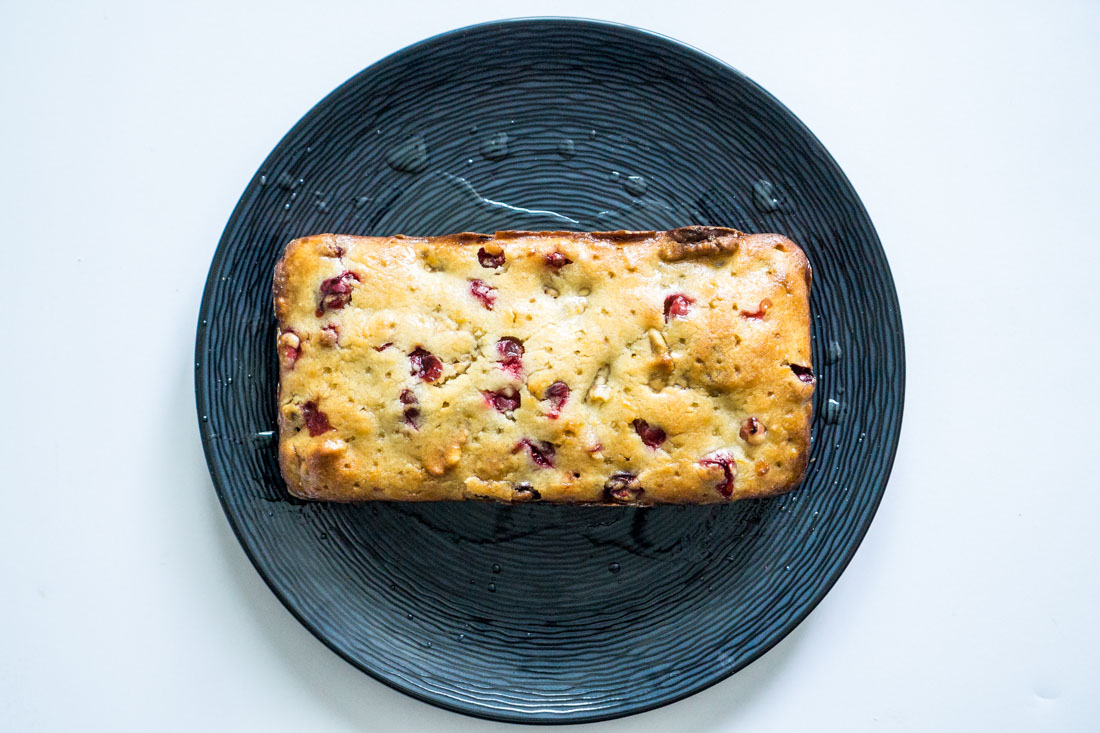
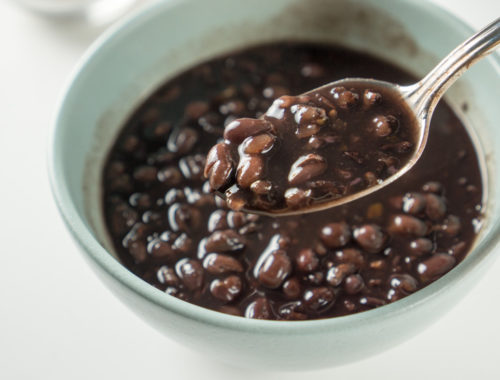
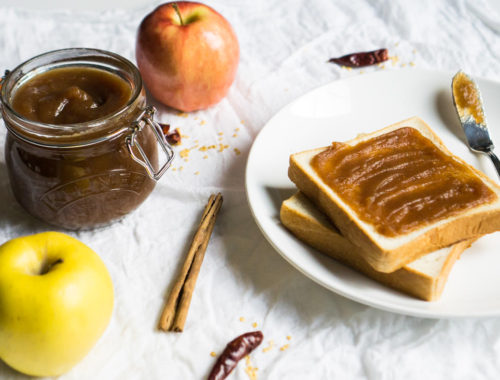
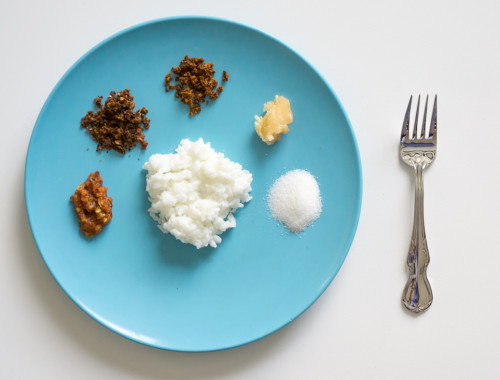
No Comments